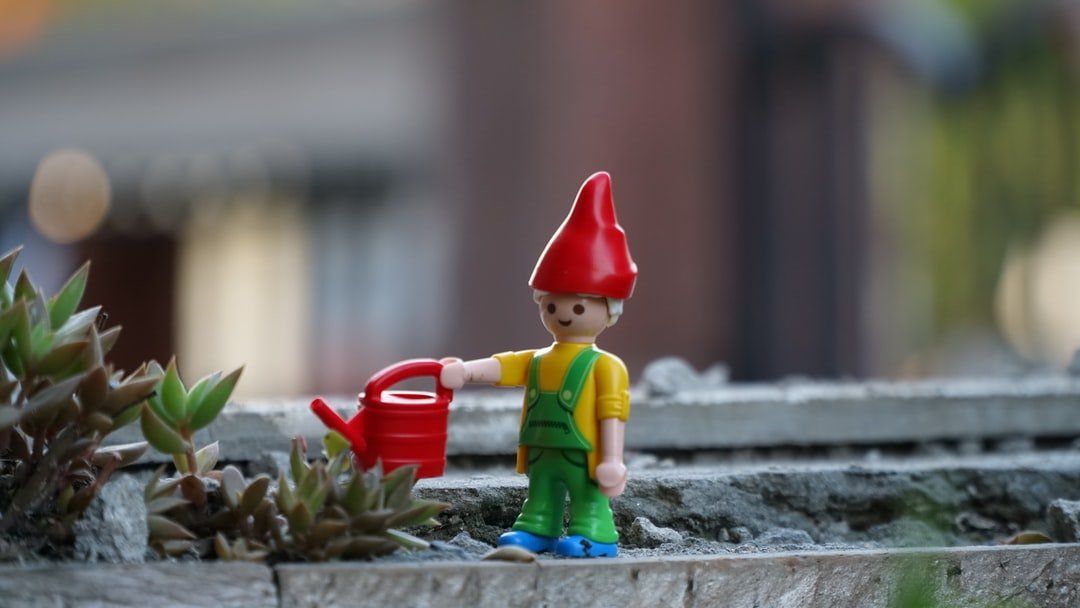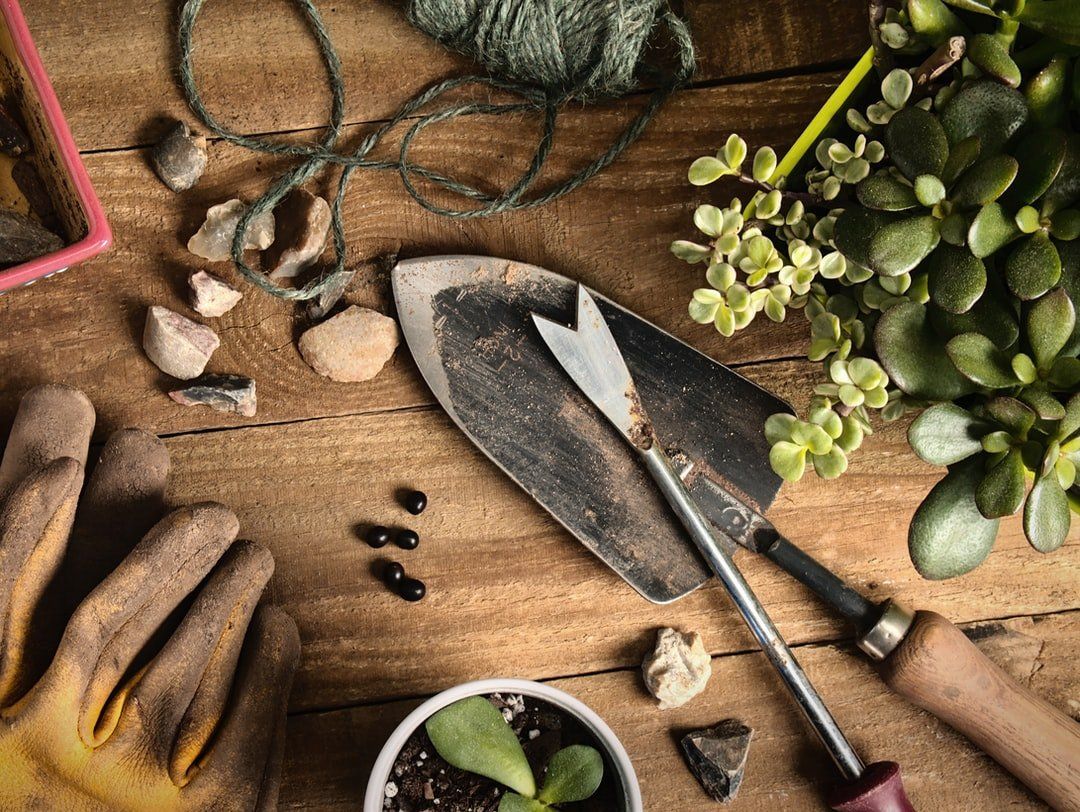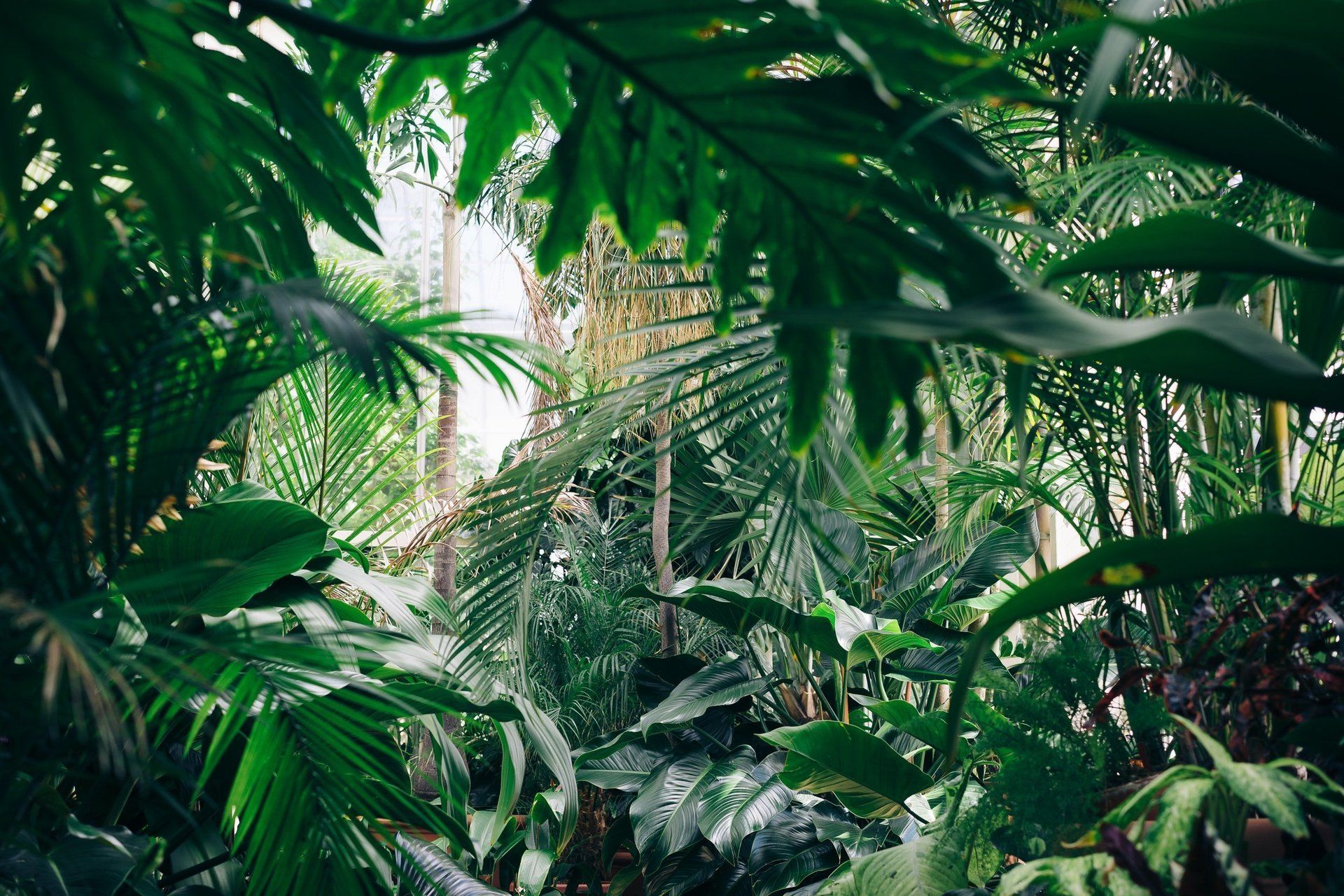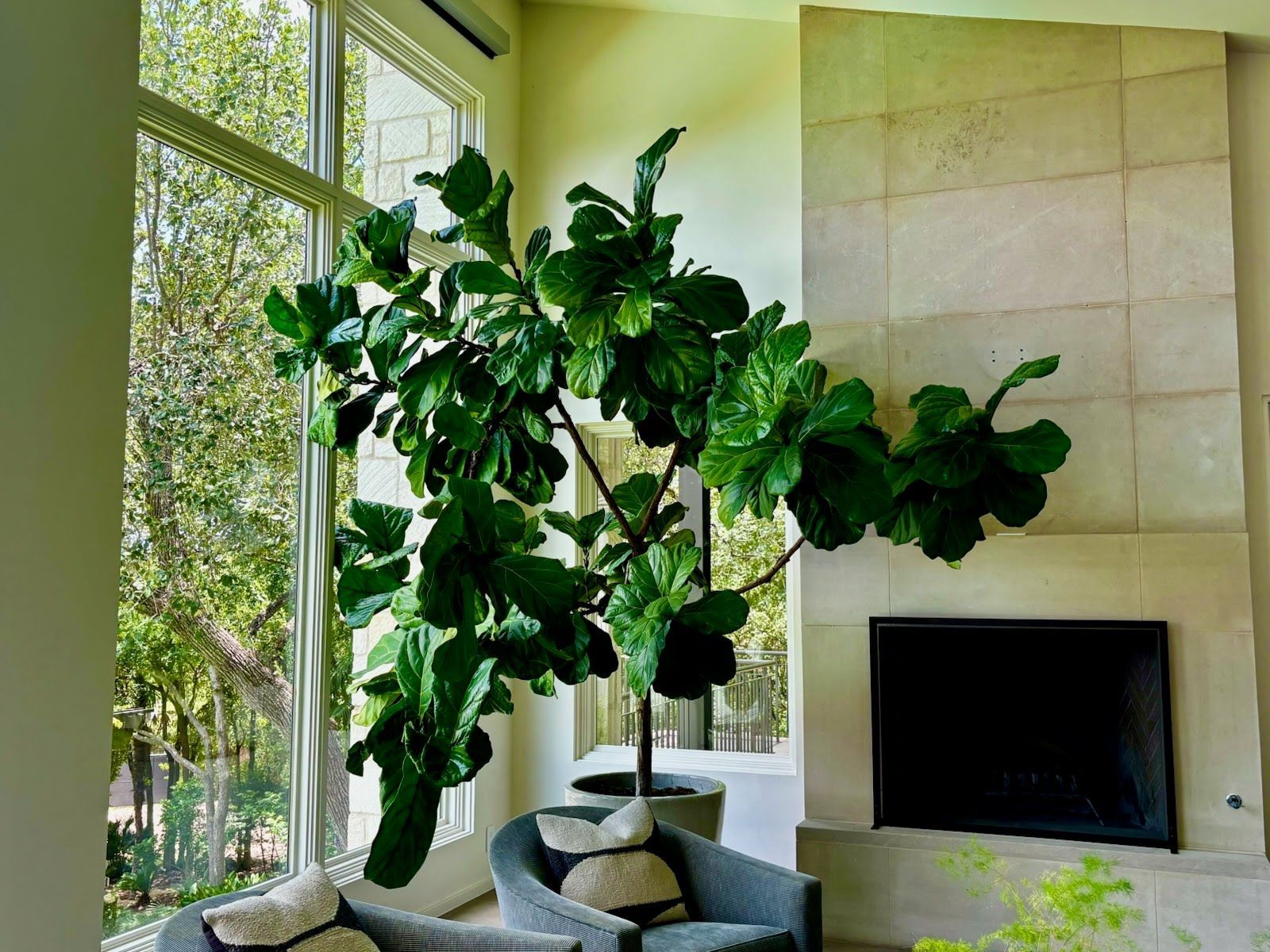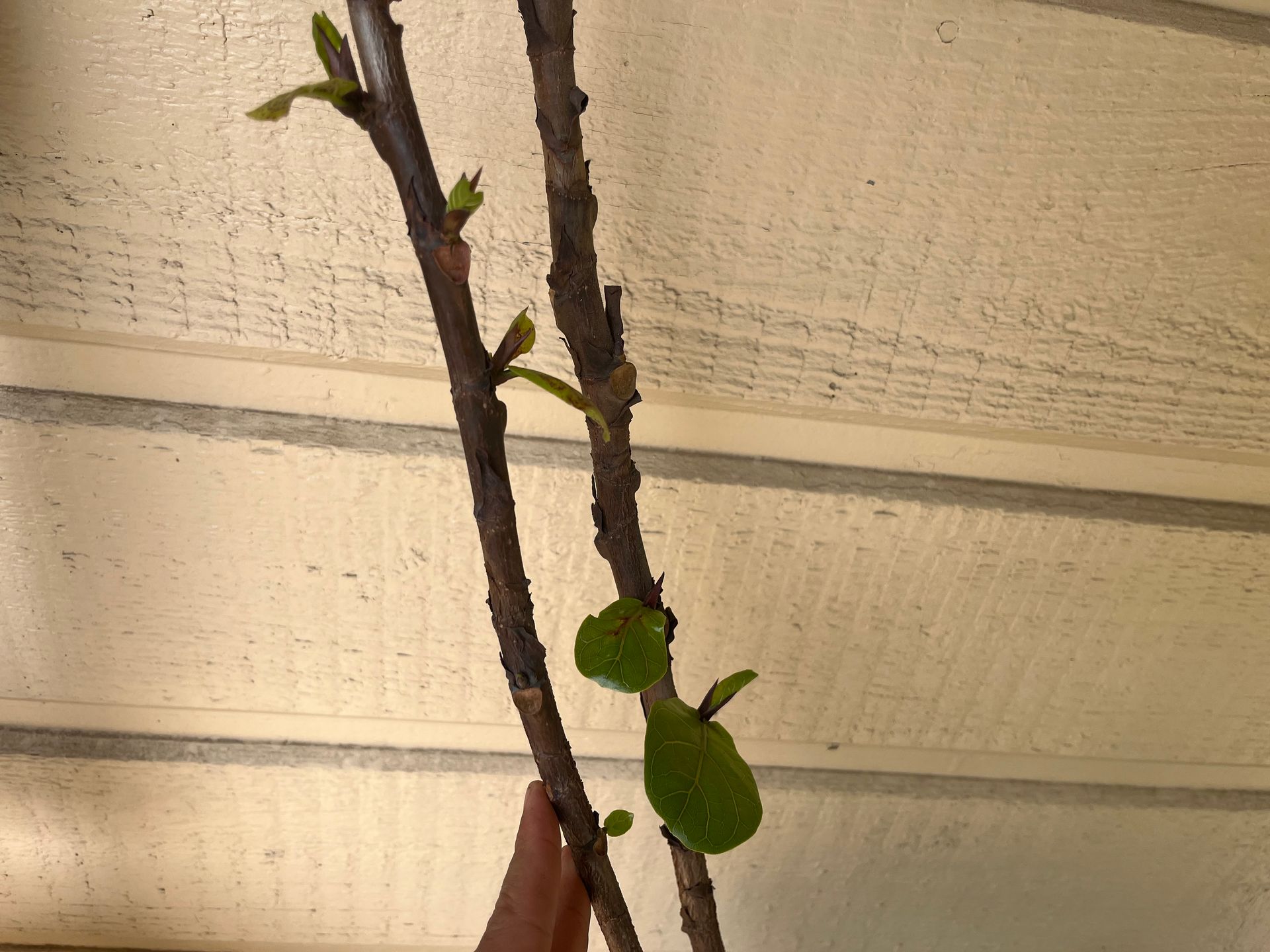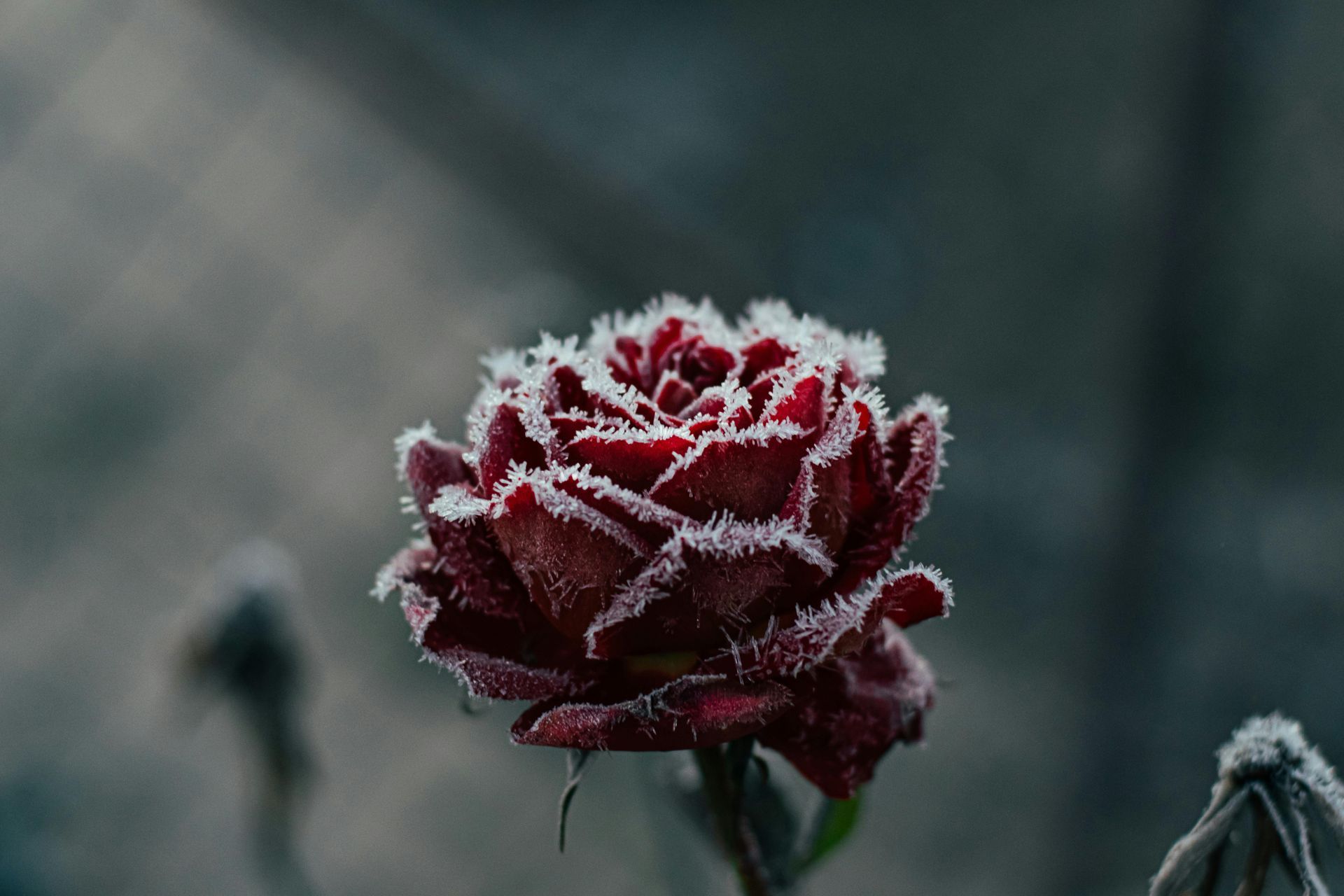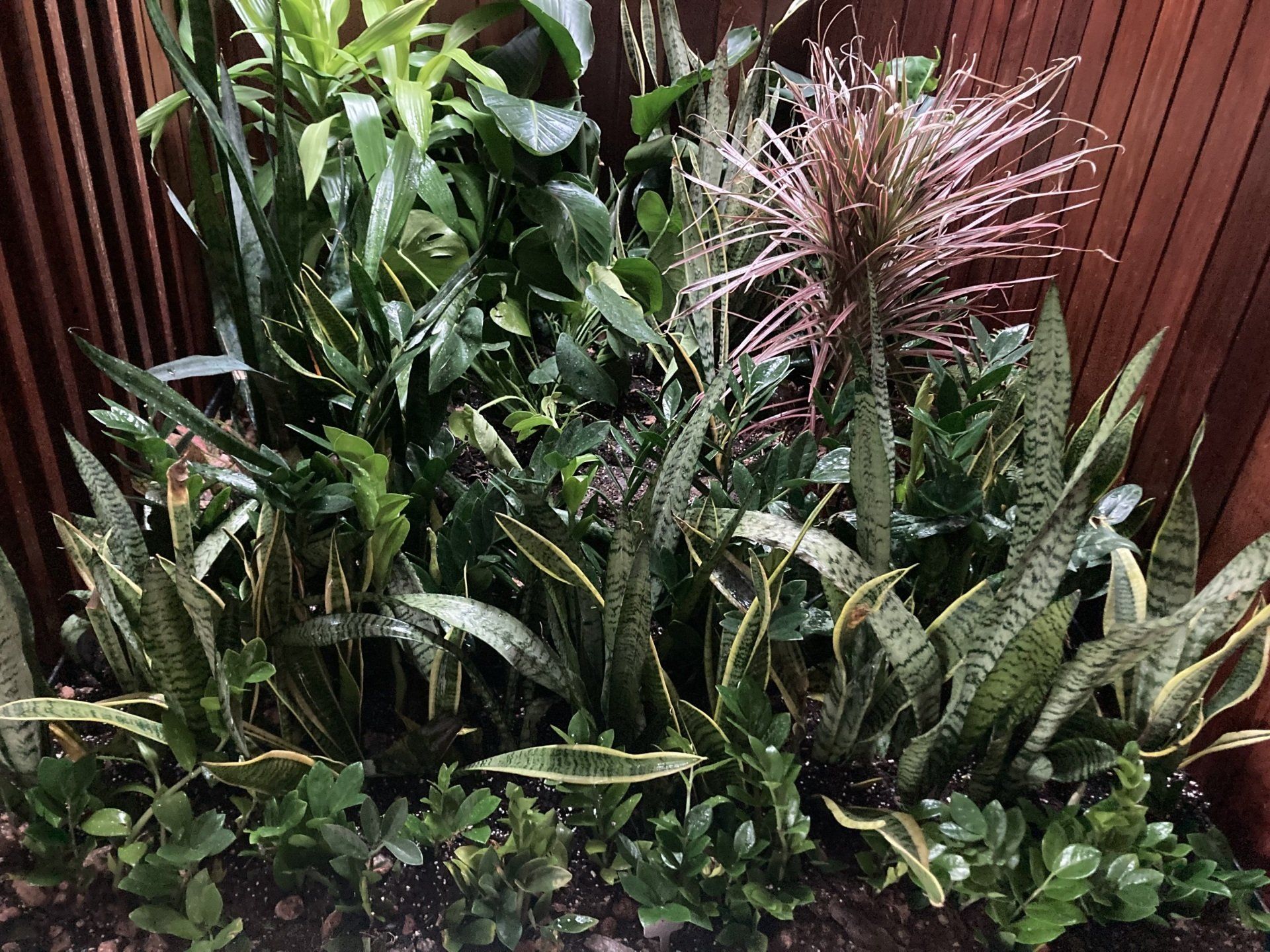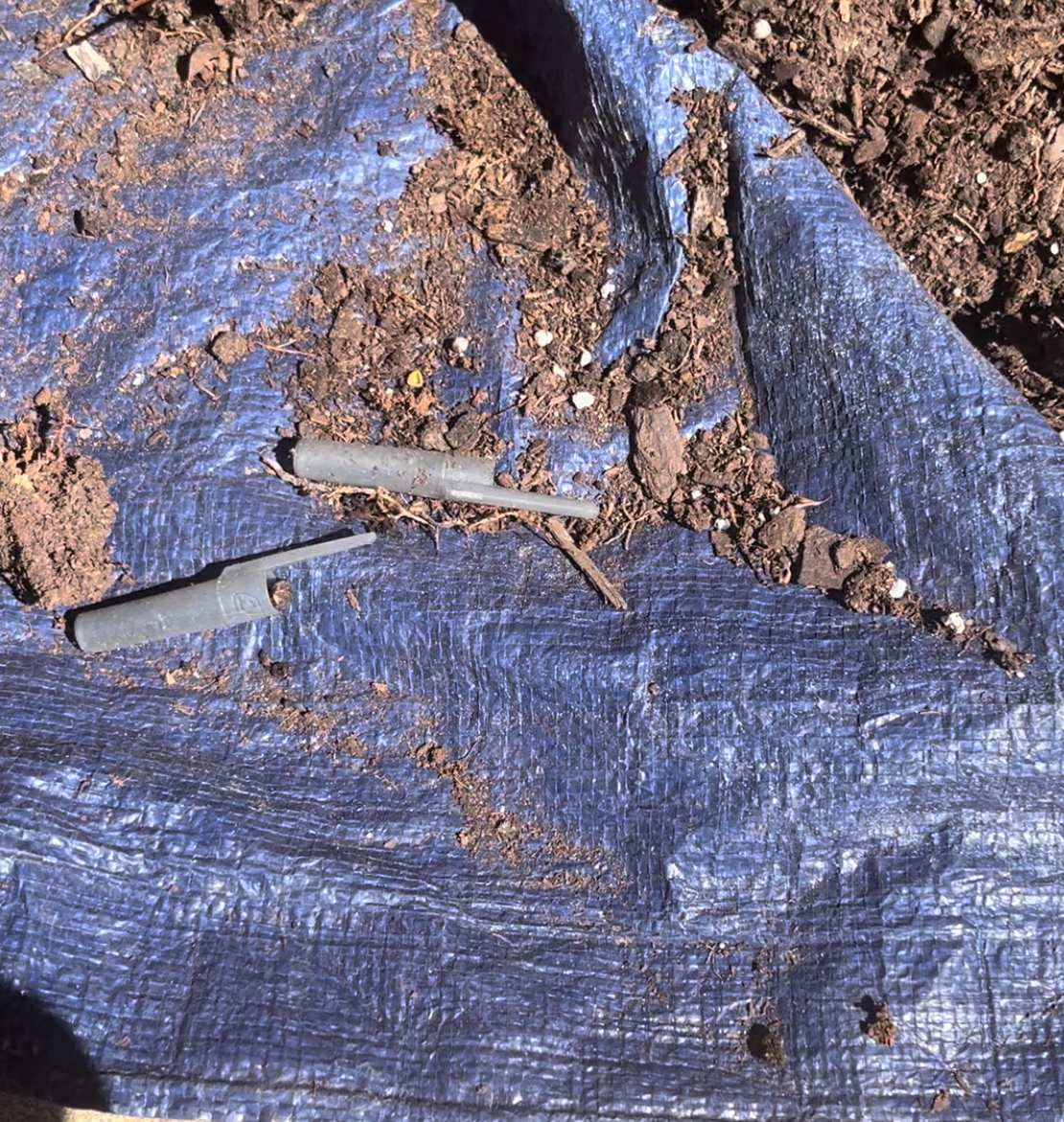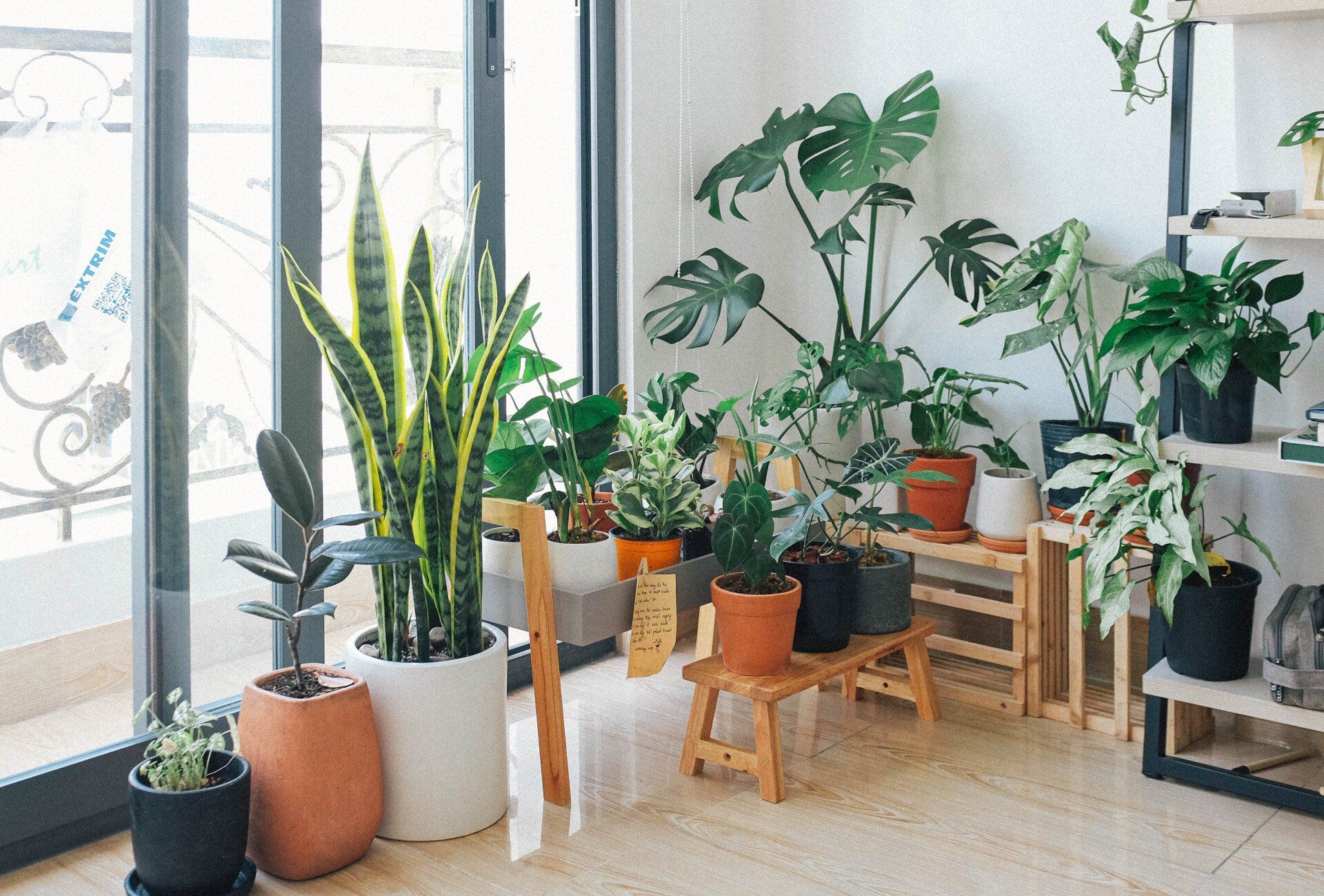Top 3 Tips To Keep Your House Plant Happy
Your Guide to Happy Houseplants!
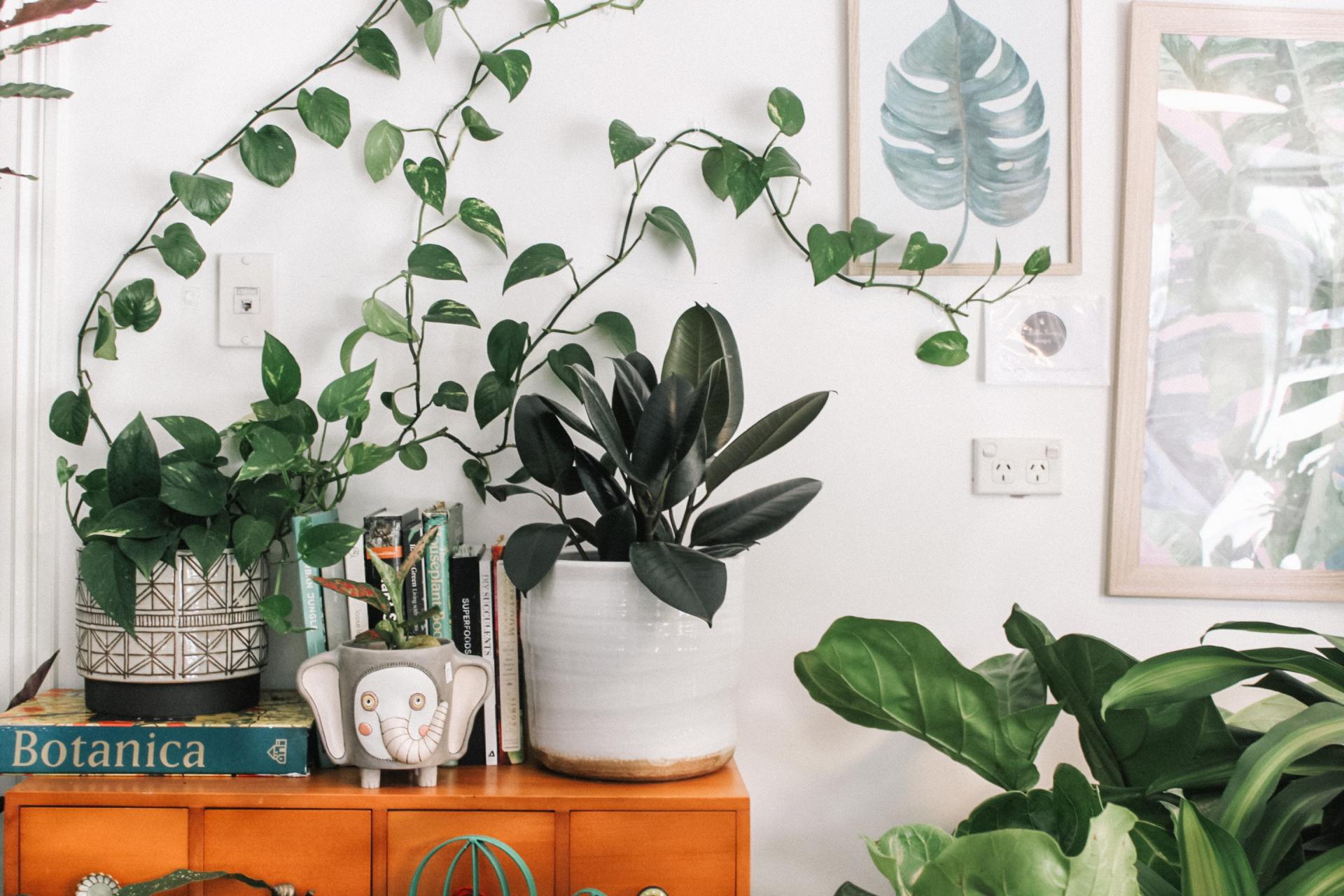
We all love houseplants, studies have proven that houseplants increase happiness and productivity in indoor environments. Unfortunately, not all our houseplants are always happy. Maybe you've got brown spots on the leaves of your fiddle leaf fig, maybe your pothos is starting to look sad and scraggly instead of full and happy. Or maybe you're just new to having houseplants and want to make sure they're great!
This article teaches the three golden rules of houseplant care.
Lighting Tips for Houseplant Care
Plants need light. There are no ifs ands or buts about this. Plants get their food and energy from the process of photosynthesis - where they use energy from sunlight to form simple sugars that allow them to live and grow. No light, no plant. It's that simple. Give your plants as much light as possible! Open blinds during the day and resist the temptation to stuff a plant in a dark corner. Unless you're only keeping a plant in a dark corner for a few days to impress guests, move it out!
Some plants are marketed as "low light" - this is a misnomer. No plant is happy with little or no light, all plants benefit from getting light. If you are indoors it is very unlikely that your home is bright enough to sunburn the leaves of your plants, so put them right near windows!
The direction of light on your houseplants matters. For best plant care, give your plant light consistent with its needs. West facing light is quite bright, so put light sensitive plants a few feet from a window. Light loving plants like cacti and succulents can go right up against a west facing window. South facing light is bright and indirect, plants love it! East facing light gives great indirect light and is perfect for plants such as pothos and fiddle leaf figs. North facing light is the most indirect, and is great for
When plants don't get enough light, they go through a process called etiolation, where the plants leaves and stems get thin and stretchy to try to reach the light. If you're noticing your pothos getting long and skinny, give it more light! Light, light, light! It's all about light!
Watering Tips for Houseplant Care
Everyone knows that houseplants need water. Not everyone knows how to water correctly. Fortunately, it's easy. Avoid overwatering or underwatering your plants. Underwatering is bad because when your plant doesn't have enough water it will slowly die. Overwatering is worse because it can lead to root rot which can permanently damage your plant.
"Only water when the soil is dry"
That's it. Don't overthink it. As you develop a relationship with your plants you'll get a better feel for their watering needs. Resist the urge to water on a set schedule, instead get in the habit of touching the soil of your houseplants every day or two to see if they need a drink. If the soil feels dry, water the plant thoroughly until water pours out the drainage hole (if your pot doesn't have a drainage hole drill one or move your plant to a different pot). If you're not sure if the plant needs water, check the next day.
Some houseplants like dracaenas prefer to use distilled water or rainwater. Failing to do so with these plants can result in brown tips at the ends of their leaves. You can remove the salts that buildup in tap water by simply leaving it out to sit for 24 hours before watering your plants with it.
Fertilizing Tips for Houseplant Care
Plants need fertilizer eventually. Many people are gifted plants that are healthy for several months or even years before they start to look sad. There's often a simple culprit: not enough food!
All plants are going to need food eventually, within a year or so they'll consume the nutrients present in the soil within their pot. All you have to do is fertilize! Liquid fertilizers are the best. There are a wide variety of options of liquid fertilizer products. Simply
The best option is to use half the recommended dose of the fertilizer twice as often. For most tropical plants this means fertilizing "weakly, weekly" or half the recommended dose every week instead of twice a month. Make sure to use the right type of fertilizer for your plant: cacti don't do well with the high amounts of nitrogen in houseplant fertilizer for example.
And that's it! While this guide is not a 100 percent coverage for all your houseplant questions - no guide is! The best way to get good at growing houseplants is to grow houseplants. Understand that plants are living things and that like all living things they are eventually going to die. With the techniques in this guide, you'll have a better shot at making your plants live for years or even decades!
If you still have questions, or would like an online or in-person consultation please feel free to schedule an appointment below!

